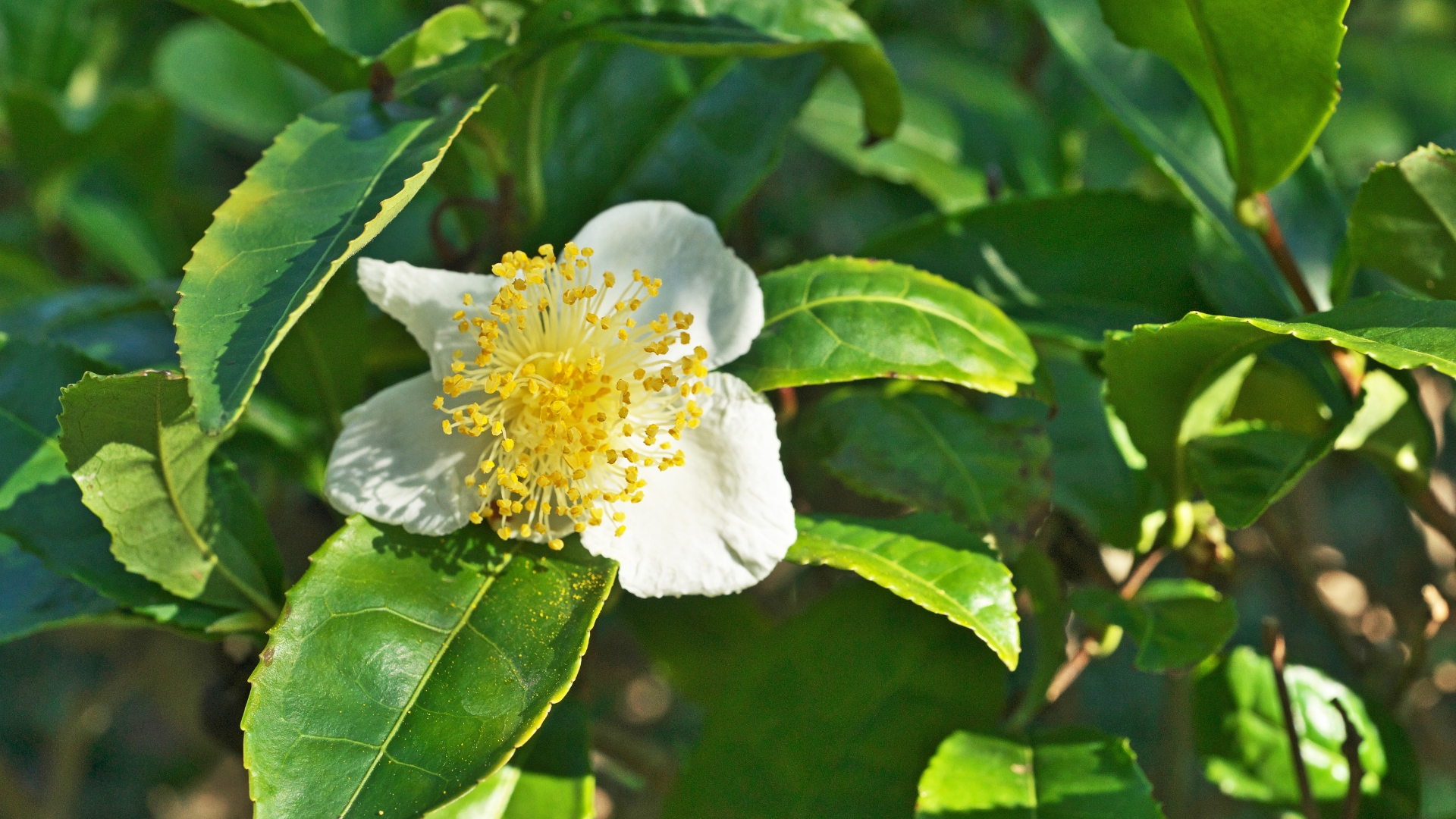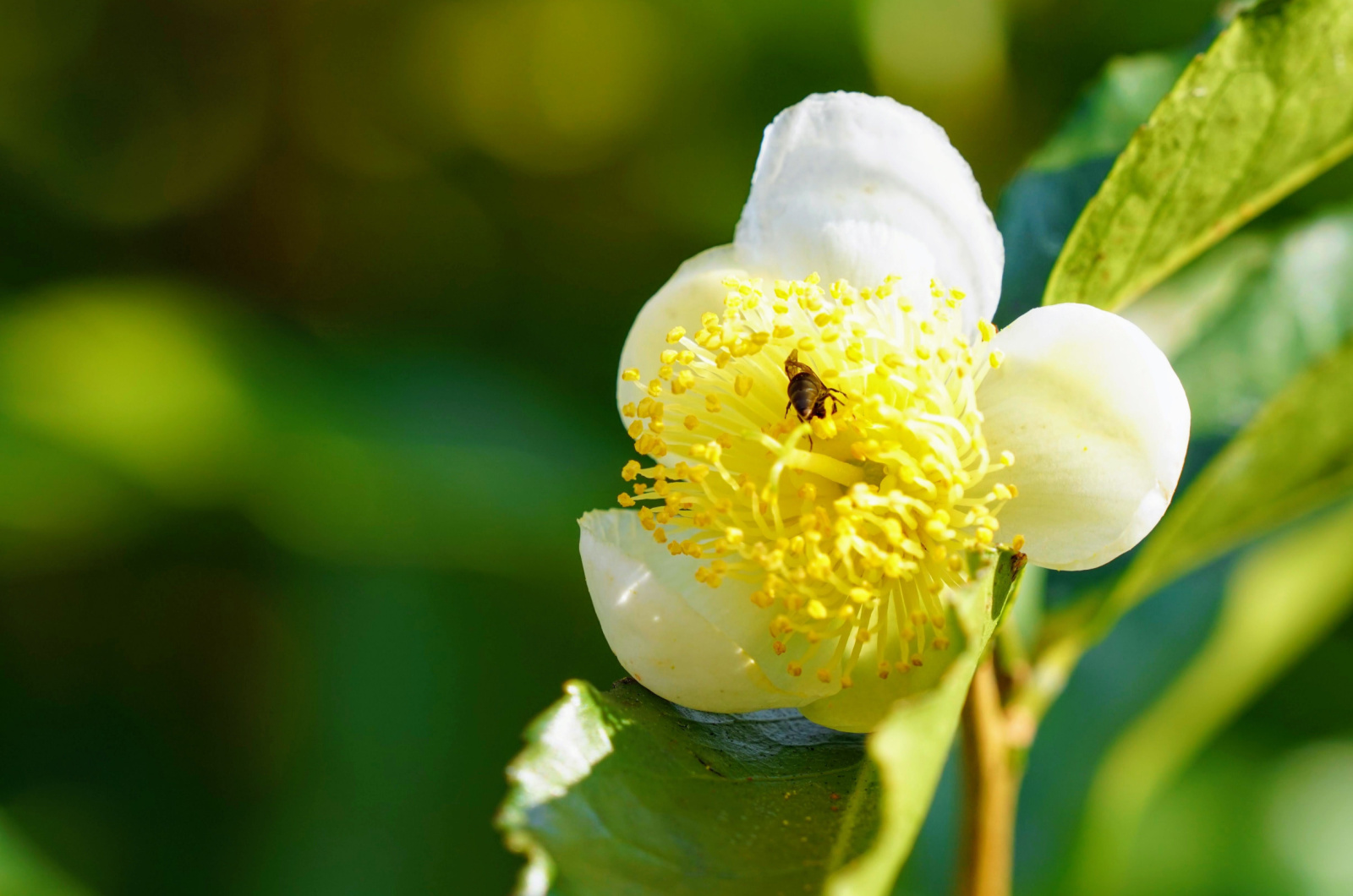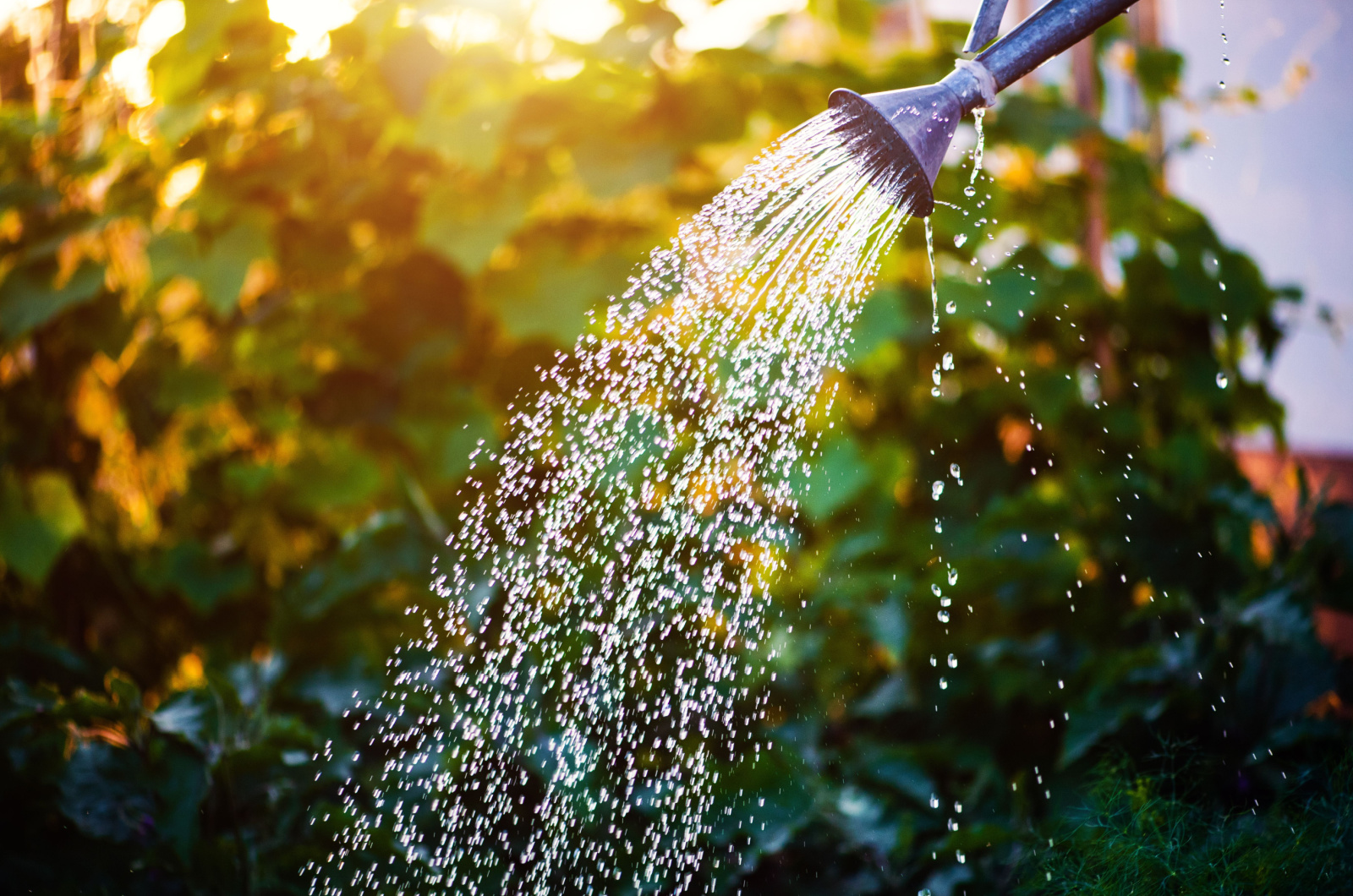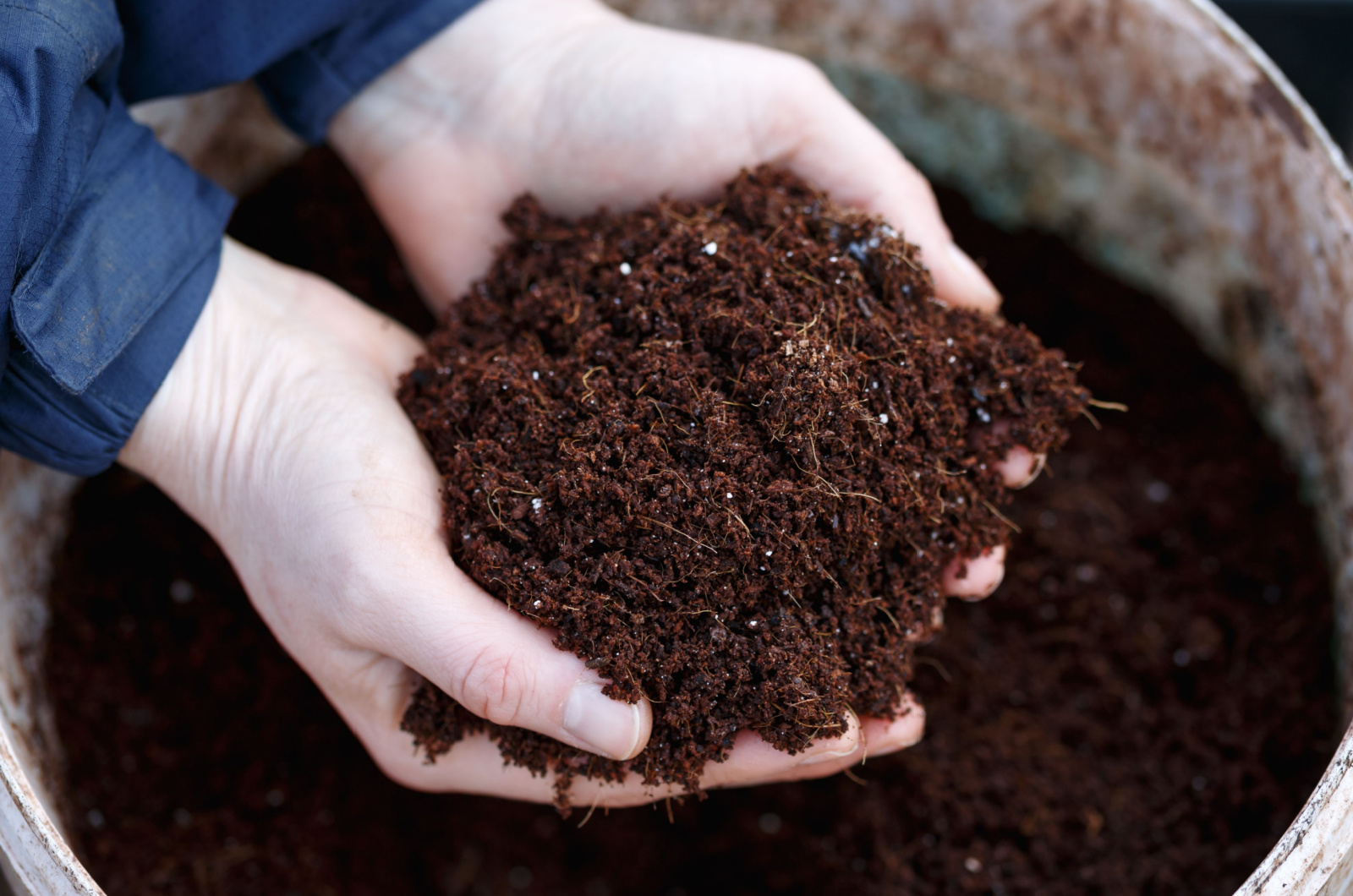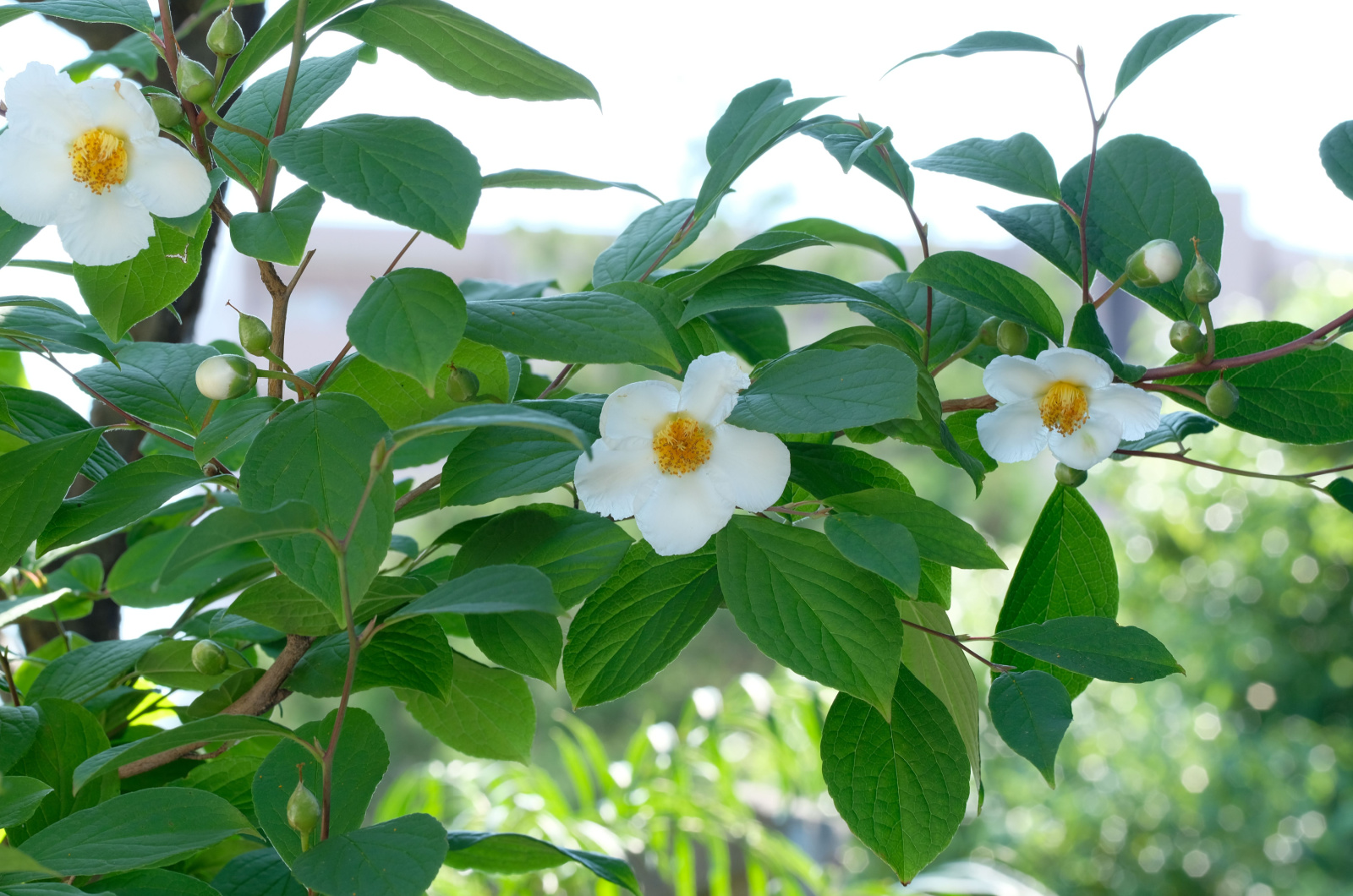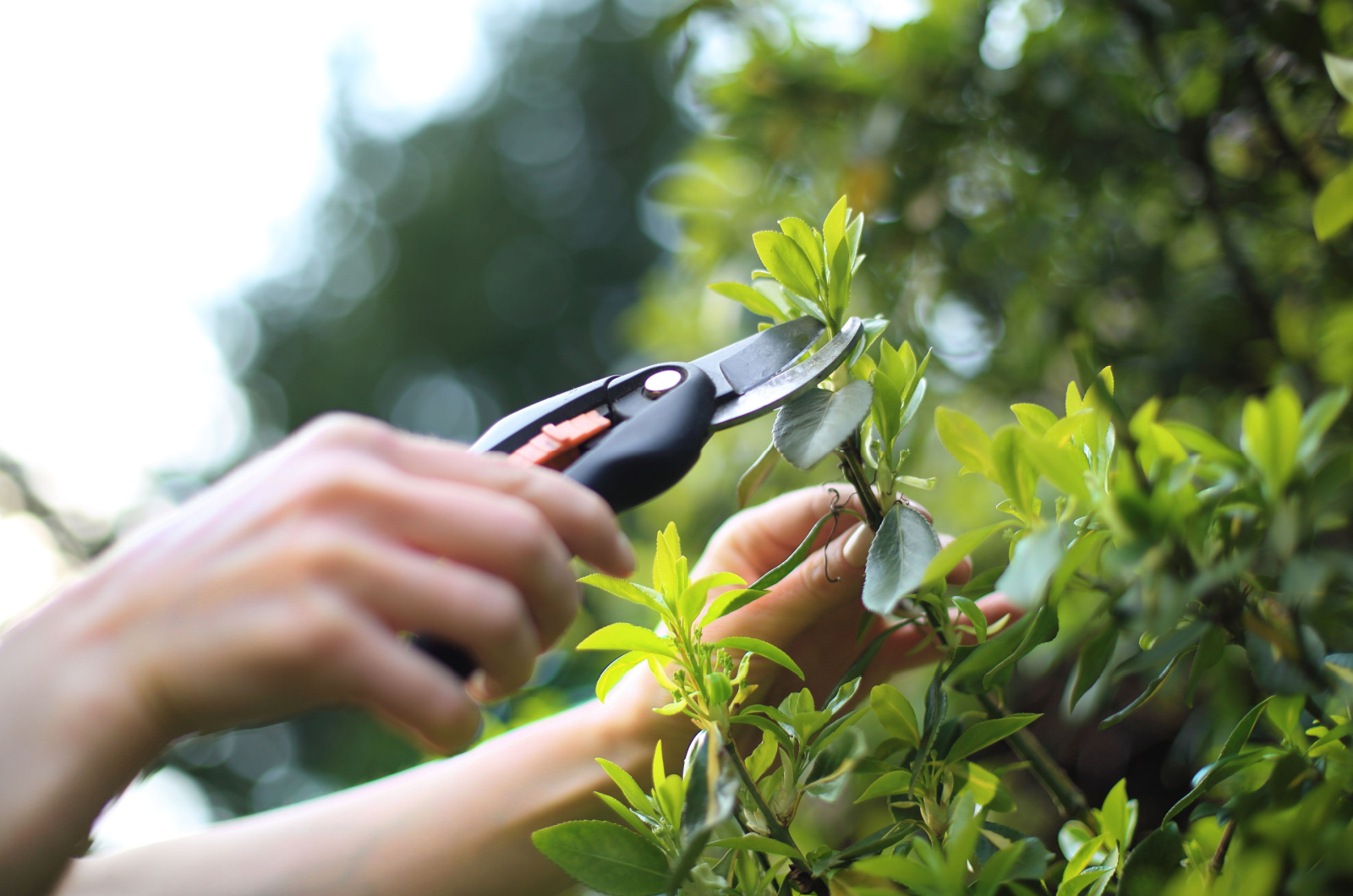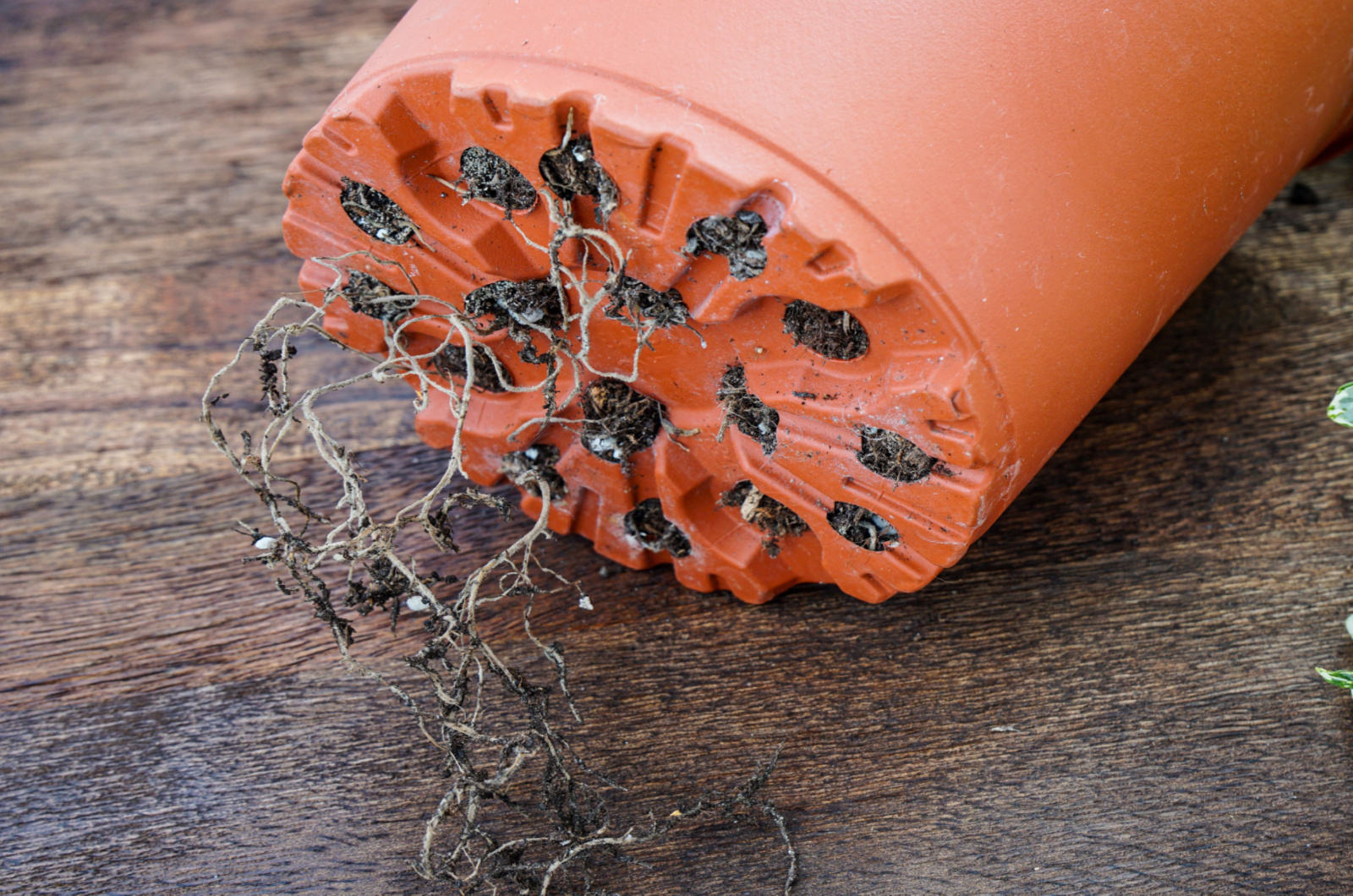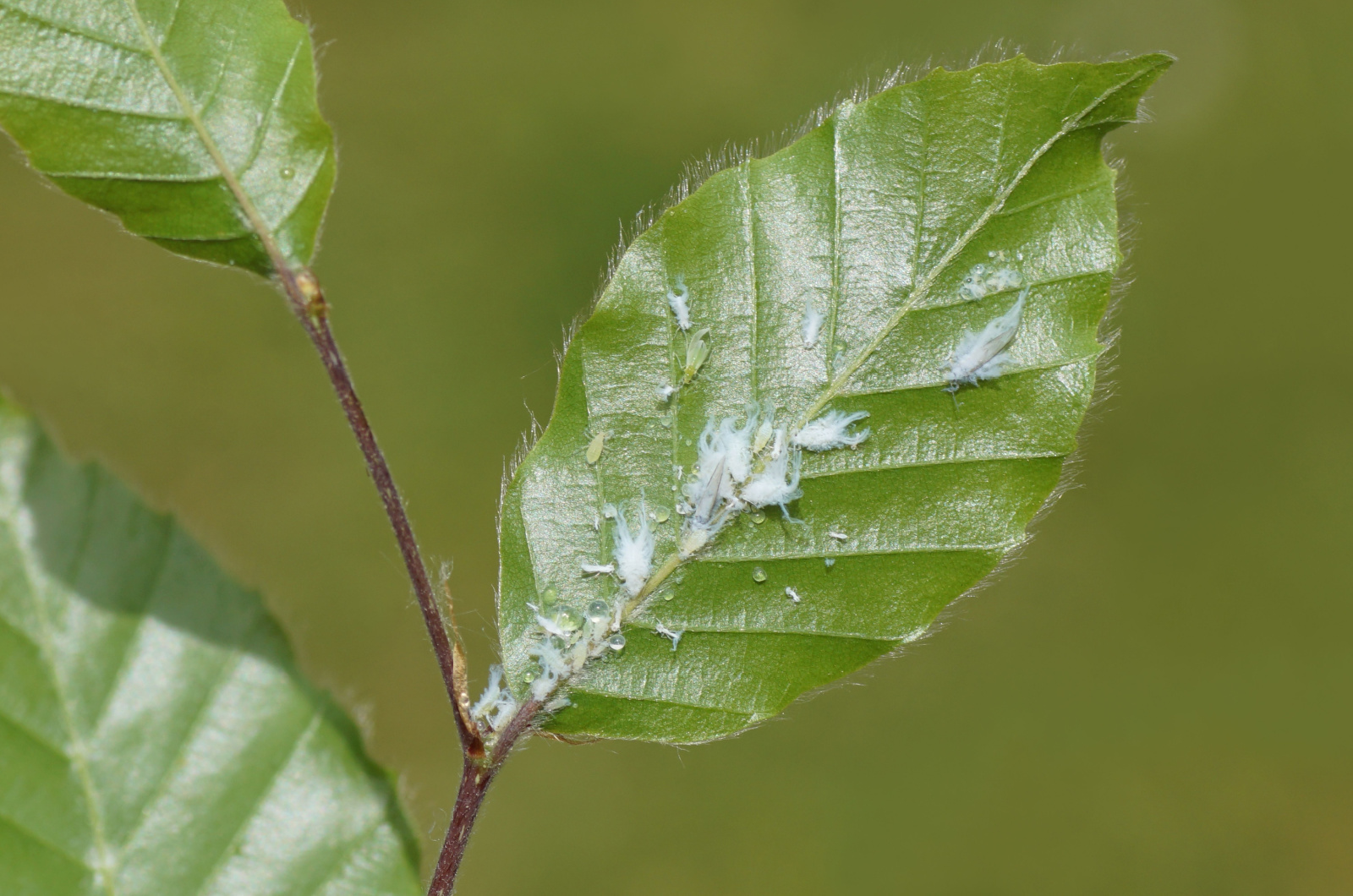If you like tea, you may have heard of the Camellia sinensis, aka the Tea plant. This scented blooming shrub produces leaves that are commonly used in the tea industry.
It typically takes about three years for the leaves of this Camellia to mature and be ready for harvesting. In the meantime, you can enjoy its captivating appearance and enchanting aroma.
The sinsensis species generates lovely blooms in fall and winter, making the plant even more special.
Best of all, you can grow your own tea leaves at home with Camellia sinensis and, in this article, I’ll show you how to do it.
Let’s get started!
How To Care For Camellia Sinensis
This broadleaf evergreen can reach up to 15 feet tall and may spread up to 8 feet. USDA hardiness zones 6 through 9 provide ideal outdoor conditions for the Tea plant to thrive.
Let’s see which other requirements you should meet!
Light
When selecting a location in your garden for Camellia sinensis, you need to consider your USDA zone.
For instance, if you live in lower zones, you should provide your Tea plant with at least six hours of full sun daily.
For warmer zones, i.e., 8 and 9, you should ensure at least 2 hours of full sun and a few hours of afternoon shade.
Ideal Soil Type
The next essential thing to ensure for this winter-flowering shrub to thrive is the correct growing substrate.
First, make sure to plant this Camellia in soil with a pH ranging from 4.0 to 5.5. Since the majority of growing substrates have higher alkaline content, I recommend performing a soil test before planting your Tea plant.
With the results of this test, you can make amendments in time and avoid various issues in your Camellia sinensis plant.
Clay, sand, and loamy soils all work well for Camellias as long as the soil has enough organic matter and is moist and quick-draining.
Watering Schedule
The key to a healthy and thriving Camellia sinensis is keeping the growing substrate consistently moist.
If you grow your Tea plant in a container, you’ll most likely need to irrigate more often. Additionally, potted Camellias prefer being watered with harvested rainwater or distilled water.
You should know that mature Tea plants are very resistant to drought, but they’ll benefit from watering whenever the soil feels dry to the touch.
These plants are extremely sensitive to overwatering, so make sure to follow the correct watering schedule and keep Camellias in containers with a lot of drainage holes.
Temperature And Humidity
Tea plants thrive best in temperatures ranging from 70 and 85 degrees Fahrenheit during the growing season. When dormant, these plants prefer temperatures from 45 to 61 degrees.
To help the soil retain moisture and regulate temperatures, you should add some sphagnum moss and mulch to potted Camellias.
Tea plants can tolerate temperatures down to 20 degrees Fahrenheit, but not for too long. Freezing temperatures can severely damage Camellias, so make sure to protect these plants if your area experiences longer periods of cold temperatures.
If you grow your Tea plant in a pot and keep it indoors, make sure you maintain higher humidity.
Fertilizing
Standard NPK formulas are a great choice for feeding ornamental Tea plants. If you prefer organic fertilizers, bone meal, fish emulsion, blood meal, and compost will do wonders for this plant.
If you use compost, it’s best to work it into the soil annually in the fall or early spring. Those who decide on blood or bone meal should apply it at the beginning and in the middle of the Camellia sinensis growing season.
I recommend using foliar applications once or twice a month.
If you grow this Camellia for tea leaves, feed it every two months using a balanced triple 10 fertilizer. Phosphorus-rich fertilizers are ideal for blossom production.
Pruning
Pruning Camellias is a chore you should leave for late winter or early spring. If your Tea plant hasn’t reached maturity yet, it will benefit from hard pruning; you can remove up to half the leaves.
This method is also excellent for container-grown Camellias.
You should remove diseased, dead, or discolored leaves on your Tea plants no matter the time of the year. When pruning, make sure to cut just above the leaf node of your Camellia.
If you grow these plants in pots, you can also root-prune them to enhance growth.
Varieties To Select
There are only two main varieties of Tea plants, but there are a high number of cultivars available. The good news is that you can use all of them for tea leaves.
The type of tea mainly depends on the native habitat of a selected variety and the way the leaves are dried and harvested.
• Camellia sinensis assamica: This tea plant species is native to the Assam region in India and thrives in tropical conditions. The leaves are larger compared to common Chinese tea plants.
• Camellia sinensis Rosea: This species generates captivating pink blooms in early fall. It tolerates conditions found in USDA zone 6.
• Camellia sinensis sinensis: This is a popular Chinese variety that has smaller leaves and shows better tolerance to cooler temperatures.
How To Propagate
If you love Tea plants, you’ll be happy to hear that it’s very easy to get new plants for free by propagating them from leaf cuttings.
You can take softwood cuttings when your Camellia sinensis is in the active growing season (between March and September).
Before you start propagating you should prepare a clean and sharp pair of shears, small containers with plastic lids, and a loose and porous growing substrate.
If you typically use root hormone when propagating, you can apply it to your Camellia.
Here are the steps.
1. Take a few healthy softwood cuttings from your mature Camellia sinensis that are approximately 6-8 inches long.
2. Select a mature Tea plant leaf and cut it above the node; the angle of the cut should be about 45°.
3. Remove a few single leaves from each softwood stem.
4. Add high-quality growing substrate to prepared containers.
5. Make deep holes in each container using your finger or a pencil.
6. If you want to use a rooting hormone, apply it at this point.
7. Put the cuttings in containers and lightly press down the soil, making sure you don’t touch the leaf.
8. Mist the soil regularly or apply the bottom watering technique. Never allow the soil of the Tea plant cuttings to become waterlogged.
9. Cover your containers with plastic lids or plastic bags, and put them in a room where temperatures range from 80°F to 85°F and the light is bright and indirect.
10. You should remove the covers every couple of days so that the excess moisture can get out and fresh air can come in.
The roots typically take a month to develop and you can check by gently pulling the leaf. As soon as you notice new growth, remove the cover and introduce your Camellia seedlings to more light.
Potting And Repotting
If you grow a Tea plant in a container, you should repot it when it becomes rootbound. It can tolerate being lightly rootbound, but as soon as the roots start poking through the drainage holes or soil, it’s time for repotting. I repot my Tea plant every four years.
You’ll need a slightly larger container, preferably made of ceramics or glazed ceramics.
Always use containers with drainage holes and high-quality growing substrates amended with compost.
Fill ⅓ of the pot with soil, put your Tea plant in the center, and add more soil. Pay attention to the crown and make sure it’s just above the soil level.
Irrigate your freshly planted Tea plant until the water starts running out of the drainage holes.
How To Overwinter Your Tea Plant
If you live in regions that experience harsh frosts and freezing periods, you should grow your Tea plant in a container.
This method allows you to take the plant indoors when winter arrives. As mentioned, the Tea plant goes through dormancy and needs temperatures around 50 degrees Fahrenheit.
Additionally, it needs bright indirect light and humid air; keeping this Camellia in an unheated greenhouse or cold frame is an excellent way to protect it.
If you grow this Camellia as a houseplant, maintain high humidity; a humidifier and the pebble tray method can be used.
There’s no need to feed your Tea plant during winter, and you should also water it less frequently.
A heavy layer of mulch is great for overwintering outdoor Camellias. Wire cages with burlap or straw can provide further insulation.
Common Pests And Diseases
Aphids, spider mites, and scales are the most common pests in indoor Tea plants. If you grow these plants outdoors, keep an eye out for caterpillars and grasshoppers.
Indoor Tea plants can be treated with neem oil or any other type of horticultural oil.
Some diseases that can affect this Camellia species include black mold, canker, leaf spots, and root rot.
Getting Camellia Sinensis To Bloom
The last thing I would like to discuss regarding the Camellia sinensis plant is its blooming stages.
If your Tea plant is 4 years old, it should start generating buds in early fall, i.e., when temperatures drop to 60 degrees Fahrenheit.
Your Camellia may not produce any blooms if it’s exposed to sudden temperature changes or the soil is dry for too long.
Correct fertilizing and pruning can encourage your sinensis to display an abundance of blooms.
The blooming type mainly depends on your climate, but Tea plants typically bloom from fall to early winter.
The flowers are tiny and come in white with yellow stamens, with the exception of the Rosea cultivar, which generates pink blooms.
You can prune your Tea plant after it finishes blooming to help it redirect its energy to root and leaf production.
Growing the Camellia sinensis plant isn’t a hard task and you’ll get a lot of leaves you can use to make the most delicious tea ever!

